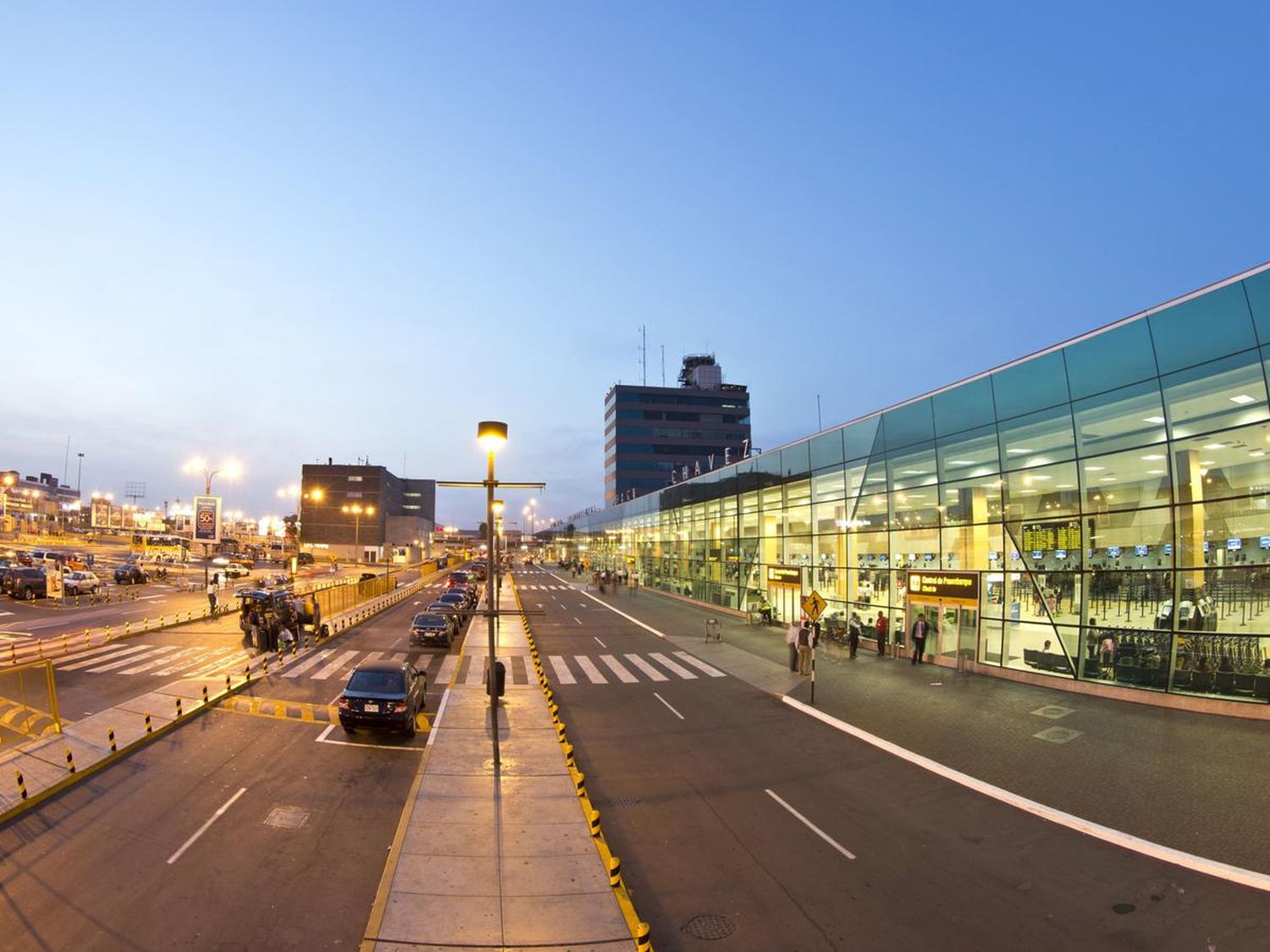The Ministry of Transport and Communications (MTC) and Lima Airport Partners (LAP) agreed to continue with the works at the Jorge Chávez International Airport.
Both entities signed a Memorandum of Understanding in which essential commitments that guarantee the expansion project work continuity, were established.
In the agreement, LAP commits to building a new 180 thousand square meters passenger terminal, which will start operations in January 2025.
This construction will generate more than 15 thousand jobs and will serve 37 million passengers a year.
LAP will submit a new conceptual design file to the MTC for its review, evaluation, and approval, if applicable.
The concessionaire’s investment for the expansion works will be approximately $160 million.
These works include the second runway, the new control tower, and a new passenger terminal, in addition to strengthening the current infrastructure.
Registration tapes, migration security technology, and the jetways will be improved.
Also, an architectural renovation will be carried out.
The Jorge Chávez International Airport will add a total of 270 thousand square meters of infrastructure, the number of counters will rise to 228, boarding gates to 89, jetways to 51, and aircraft parking to 96.
In this sense, it is expected that using the existing terminal will not mean using an old structure, but rather a renovated and remodeled one.
The second runway works, the 10 kilometers taxiways and the new control tower will be delivered this July.
Jorge Chávez Expects to Receive Up to 18 Million Passengers in 2022
Jorge Chávez International Airport expects to receive approximately 17 to 18 million passengers in 2022.
In this way, passenger numbers would be close to the ones registered prior to the Covid-19 pandemic.
According to andina, the Jorge Chávez International Airport received 23 million people in 2019.
As a result of the Covid-19 pandemic, the passenger numbers at the main Peruvian airport fell to 7 million in 2020 and 10 million in 2021.
In that sense, it is very likely that domestic and international traffic will reach the pre-pandemic level during 2023 and 2024, respectively.
In relation to domestic traffic, Jorge Chávez International Airport operations are at 80% of what they were before the pandemic.
For its part, international traffic is currently at 50% of what was registered in 2019.
Before the pandemic, 45% of passenger traffic at the Peruvian airport was international and 55% was domestic, but today that situation has changed.
According to LAP, now 70% of Jorge Chávez International Airport operations correspond to domestic traffic and 30% is international traffic.
See also: Jorge Chávez International Airport’s expansion on hold


Comentarios
Para comentar, debés estar registrado
Por favor, iniciá sesión